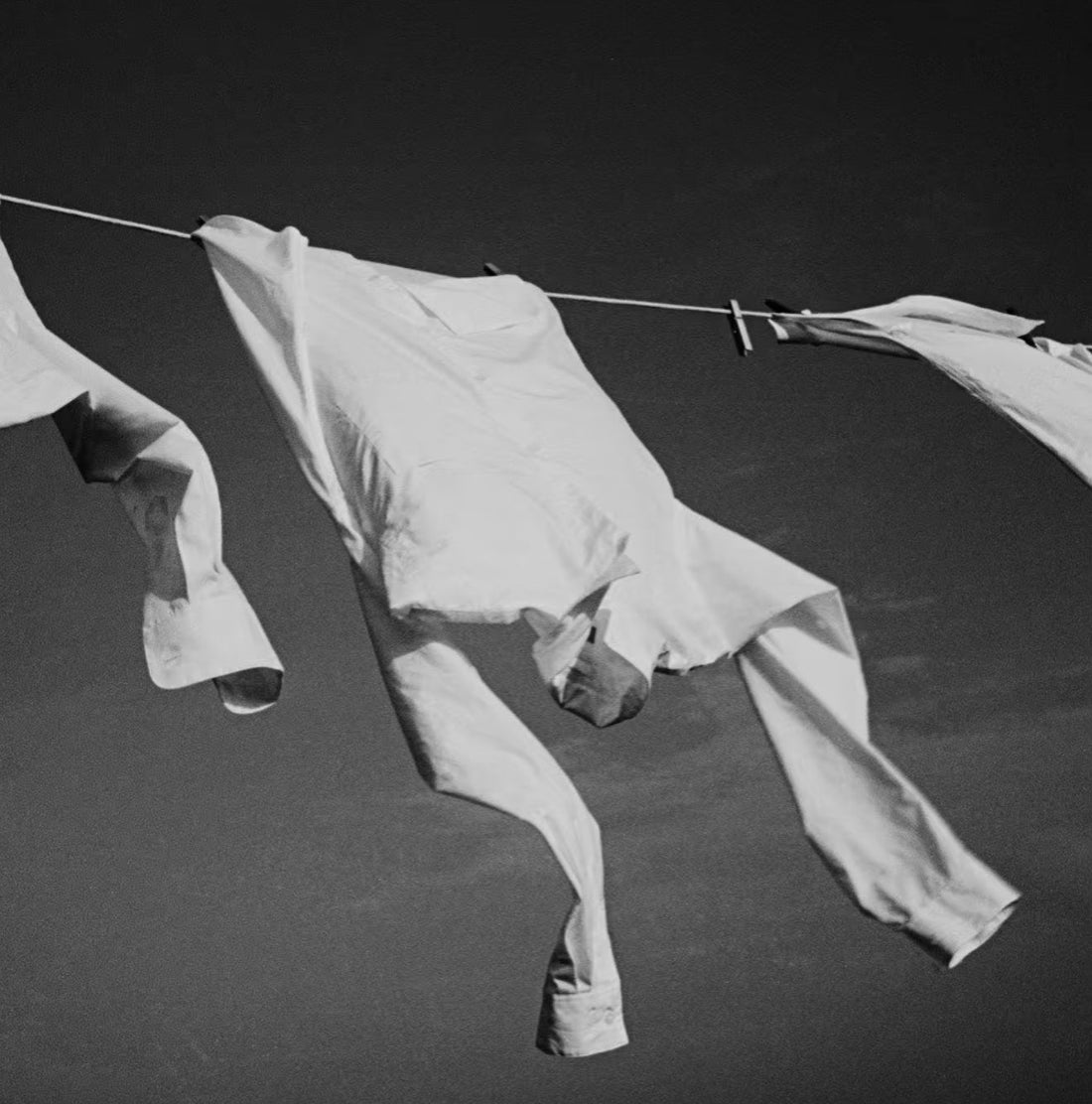
Why don’t Americans use clothes drying racks? About Laundry Culture

If you've ever traveled to the United States and noticed that clothes drying racks are few and far between, you're not alone. In fact, most American households rely heavily on electric dryers, while drying clothes naturally on a rack or clothesline is surprisingly uncommon.
But why?
With growing global awareness of sustainability, line-drying clothes seems like a simple, eco-friendly choice. So what makes the U.S. different—and what are the cultural and practical reasons behind this unique approach to laundry?
Let’s dive into the story behind why Americans rarely use clothes drying racks, and what it reveals about convenience, space, and tradition.
The American Dryer Habit
In most American homes, using a dryer is just part of the routine. You toss your clothes into the washing machine, then transfer them to the dryer—it’s automatic. Clothes drying racks are often seen as unnecessary, old-fashioned, or even inconvenient.
Unlike many European and Asian countries where air-drying is the norm, the U.S. has long embraced appliances that prioritize speed and ease.
Part of this is due to space. American houses tend to be larger, with dedicated laundry rooms that make it easy to install full-size washers and dryers side by side. There’s simply less need for compact, foldable drying racks, which are more common in smaller apartments and urban settings abroad.
Cost vs. Culture
One might assume that Americans avoid air-drying because of electricity costs—but the opposite is often true. Electricity in the U.S. is significantly cheaper than in many European countries, making the energy cost of running a dryer relatively low.
Instead, the preference for dryers is more about culture and convenience. Americans often associate clothes drying racks with clutter or “unfinished” spaces.
In some communities, hanging clothes outdoors is even discouraged or restricted due to homeowners association (HOA) rules that prioritize neighborhood aesthetics over sustainability.
This stigma around visible laundry has created a norm where tumble drying feels cleaner, more private, and more modern—even when that’s not necessarily the case.
When Drying Racks Do Make Sense
That said, clothes drying racks do have a place in American homes—just not a prominent one. More environmentally conscious households, apartment dwellers, and people with delicate fabrics do use drying racks, especially for items that shouldn’t go in the dryer like athletic wear, bras, and wool.
Drying racks also appeal to minimalists and energy savers. They reduce wear and tear on garments, cut down utility bills, and eliminate the risk of shrinking your favorite shirt.
And as awareness of sustainability grows, more people are reconsidering how they handle their laundry. Lightweight, collapsible clothes drying racks are gaining popularity, particularly in cities and eco-focused communities.
Some states have even passed “Right to Dry” legislation, which protects homeowners' ability to line-dry clothes outdoors—regardless of HOA restrictions.
Regional Differences Matter
The use of clothes drying racks in the U.S. varies widely depending on where you live.
On the West Coast, where the climate is dry and sunny and environmental values are strong, you're more likely to find clothes drying naturally indoors or outside. In contrast, colder or more humid regions lean heavily on tumble dryers year-round.
In urban centers like New York or San Francisco, small-space living often means that drying racks are not only practical but essential. They fold away when not in use and allow for laundry without relying on expensive laundromats or shared appliances.

So Why Not Just Air-Dry?
It’s not that Americans are against air-drying—it’s just never been part of the mainstream system. With appliances doing the heavy lifting for generations, most people never think to question the dryer’s role. But that’s changing.
Clothes drying racks offer an easy way to extend the life of your wardrobe, reduce energy use, and rethink one of the most basic household routines. Whether you're in a studio apartment or a suburban home, integrating a drying rack into your laundry process is simple—and impactful.
Final Thoughts
Drying clothes on a rack might feel unfamiliar to many Americans, but it’s a practice worth revisiting. As we continue to look for ways to live more sustainably, small shifts like choosing a clothes drying rack over a tumble dryer can make a meaningful difference—not just for the planet, but for your clothes and your wallet too.
So the next time you do laundry, consider skipping the dryer cycle. Your favorite shirt (and the environment) might thank you for it.
BUT! Want a T-shirt that holds up in the dryer? Discover the Topology T-shirt—built for comfort, made to last.
